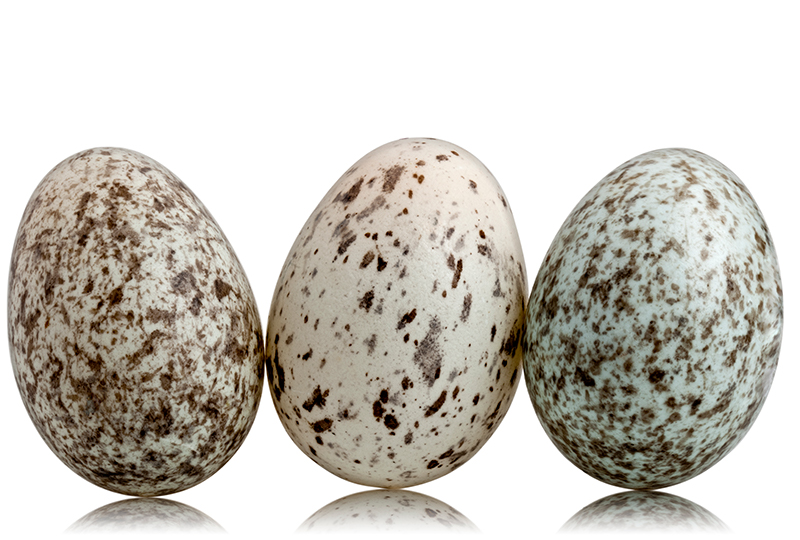

Males may sometimes have multiple mates, and bigamy is mostly limited by aggression between females. Male house sparrows guard their mates carefully to avoid being cuckolded, and most extra-pair copulation occurs away from nest sites. Birds from pairs often engage in extra-pair copulations, so about 15% of house sparrow fledglings are unrelated to their mother's mate. The house sparrow is monogamous, and typically mates for life. Birds of a pair copulate frequently until the female is laying eggs, and the male mounts the female repeatedly each time a pair mates. Copulation is typically initiated by the female giving a soft ''dee-dee-dee'' call to the male. Other males usually do not copulate with the female. This group display usually does not immediately result in copulations. The male displays in front of her, attracting other males, who also pursue and display to the female. In response, a female will adopt a threatening posture and attack a male before flying away, pursued by the male. Males may try to mate with females while calling or displaying. When a female approaches a male during this period, the male displays by moving up and down while drooping and shivering his wings, pushing up his head, raising and spreading his tail, and showing his bib. Unmated males start nest construction and call particularly frequently to attract females. Males take up nesting sites before the breeding season, by frequently calling beside them. This is because a sufficient supply of insects is needed for egg formation and feeding nestlings. The timing of mating and egg-laying varies geographically, and between specific locations and years. Birds breeding for the first time are rarely successful in raising young, and reproductive success increases with age, as older birds breed earlier in the breeding season, and fledge more young.Īs the breeding season approaches, hormone releases trigger enormous increases in the size of the sexual organs and changes in day length lead males to start calling by nesting sites. Some birds breeding for the first time in tropical areas are only a few months old and still have juvenile plumage. The parents make sure to time their reproduction based on the opportunity for high insect populations to feed their young.House sparrows can breed in the breeding season immediately following their hatching, and sometimes attempt to do so. Sparrow also enjoy wild foods like crabgrass and other grasses, as well as buckwheat and ragweed. People seem unable to resist intentionally tossing crumbs to the birds as well. At fast-food restaurants, sparrows seem almost ubiquitous, ready to snatch up any little bit of dropped food from customers, or plucking their way through garbage.

The sparrow diet may consist of berries, grapes, loquats, apples, nuts, cherries, pears, plums, peaches, nectarines, tomatoes, peas, lettuce, soybeans, rice, weed seeds, grains, crumbs from bread, dropped French fries, restaurant waste, flowers, buds and oil seeds such as sunflower seeds. The many foods in the sparrow diet depend on where the sparrow lives. Sparrows are omnivores, meaning they eat a variety of foods, both plant and animal-based. Sparrows like to hop along, rather than walk to find their food, usually on the ground. Both the mother and the father feed their young. Because of the great number of house sparrow eggs laid in one year, sparrow populations are able to grow quickly. House sparrow eggs range from white to very pale green or blue with gray or brown spots, and they are just under 1 inch in length and about 0.6 inches wide. It is primarily the female who incubates house sparrow eggs, though the male occasionally assists. A female can lay more eggs fairly quickly so that she has as many as four broods in a season. Females will lay up to five eggs in a clutch on average. Sometimes the highly sociable sparrows will build nests next to each other and share walls. A typical sparrow nest is a messy little dome that can be made from feathers, paper, dried plants, leaves, string, sticks, grasses or any available soft materials. Sometimes other kinds of birds get evicted from their nest to make room for house sparrow eggs! This negatively affects many native bird populations, such as the bluebirds and swallows whose cavities and houses are usurped. House sparrows nest in late winter or early spring in a male sparrow’s territory, which he will fiercely guard.


 0 kommentar(er)
0 kommentar(er)
